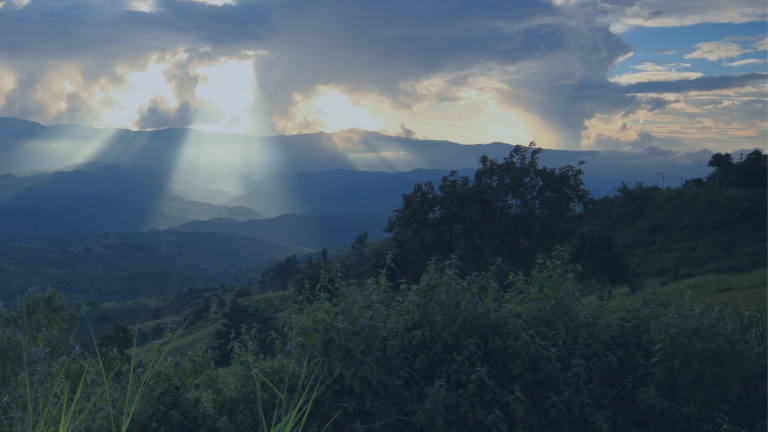By: Delaney Greig, Engagement Analyst
The Dakota Access Pipeline (DAPL) has been a key focus for SHARE this fall. The pipeline project in North Dakota was originally provided permits by the US Army Corps of Engineers in July 2016. However, the Standing Rock Sioux Tribe claims the DAPL was approved without adequate consultation or environmental review, and has led a blockade and legal actions to stop construction. Similar concerns were flagged early in 2016 by several US regulatory agencies including the Environmental Protection Agency, Department of the Interior, and the Advisory Council on Historic Preservation, who cited regulatory gaps in Indigenous consultation and environmental permitting.
As planned, the DAPL would cross Lake Oahe on the Missouri river impacting sacred sites and burial grounds of the Standing Rock Sioux. Any spill at the crossing would affect the drinking water source for the tribe and potentially for 17 million people downstream.
From August to December Indigenous peoples and supporters from around North America congregated in North Dakota to support the Standing Rock Sioux in its non-violent protest, and blockade of project development. In December, the Army Corps of Engineers announced that it would not grant the permit to drill under the Missouri river, and would require a full environmental assessment that considered alternative routes.
The DAPL protests were the largest gathering of Native Americans in over 100 years. It was also an important event for Indigenous Peoples across North America. First Nations, Metis and Inuit peoples from Canada travelled to North Dakota to support the Standing Rock Sioux or organized events in their home communities focused on water protection and Indigenous land rights. The Standing Rock situation demonstrates the importance of conducting business in line with the United Nations Declaration on the Rights of Indigenous Peoples, including ensuring the Free Prior and Informed Consent (FPIC) of Indigenous Peoples for any activities, projects or decisions that would affect them or their lands, territories and resources. Understanding and implementing FPIC is imperative for businesses operating in North America. It is also critical to achieving reconciliation.
SHARE views the situation in North Dakota as a signal of the significant work left to be done to implement FPIC, particularly with respect to energy infrastructure projects. We have been working with other investors and the Standing Rock Sioux leadership to engage with the companies involved in this project.
Enbridge Inc., through its US vehicle, Enbridge Energy Partners, has an agreement to acquire a 27.5 per cent interest in DAPL. The agreement came prior to the stand-off between Indigenous Peoples and security forces in North Dakota, but months after regulatory problems and Indigenous rights concerns were raised. SHARE is engaging with Enbridge about its decision to acquire an interest in the project and we filed a shareholder resolution on behalf of the Sisters of Charity (Halifax) that asks Enbridge to report on its due diligence process for identifying and addressing social and environmental risks, and in particular Indigenous rights risks when reviewing potential acquisitions. Four US investors have joined, co-filing our resolution with Enbridge, and our resolution was used as a model for Shareholder resolutions at Marathon Petroleum and Phillips 66, who are also involved in the project.
SHARE is also engaging with TD Bank about TD Securities decision to provide a large project-level loan for DAPL. TD is an Equators Principles Bank, having committed to assess projects for internationally recognized environmental and social criteria. TD also has its own internal risk criteria that include recognition of FPIC. SHARE and a small group of investor representatives had a call with TD about ensuring a resolution to the situation in North Dakota that respects Indigenous rights. SHARE has also written to TD on behalf of 19 shareholders to seek a dialogue on how the Bank integrates environmental and social risks into credit risk decisions.


